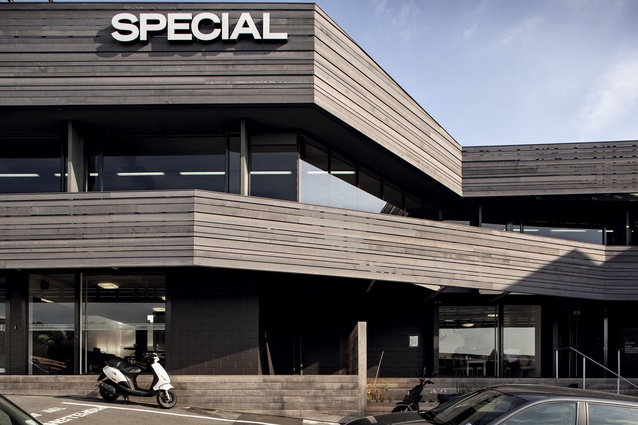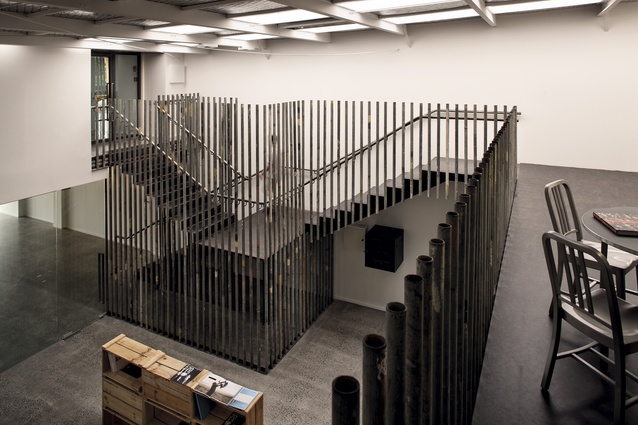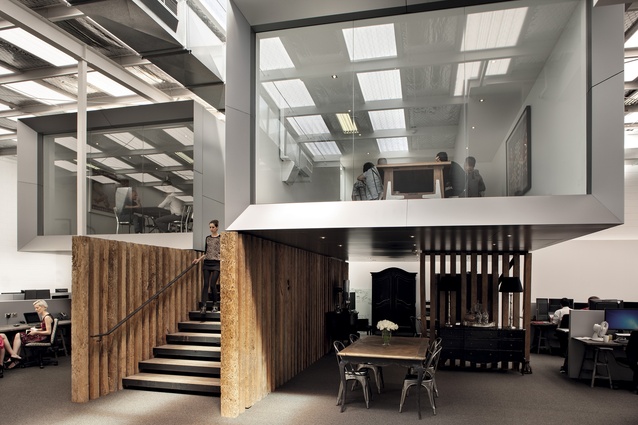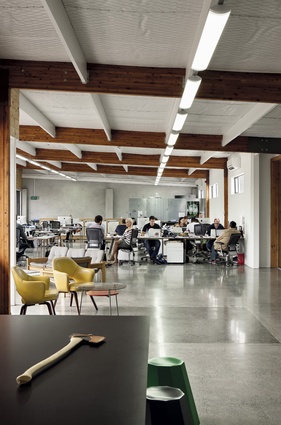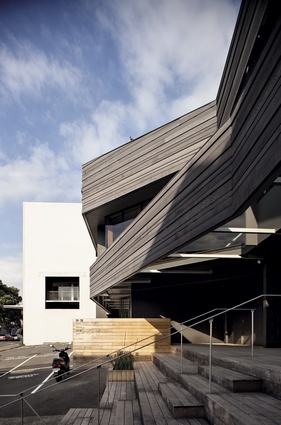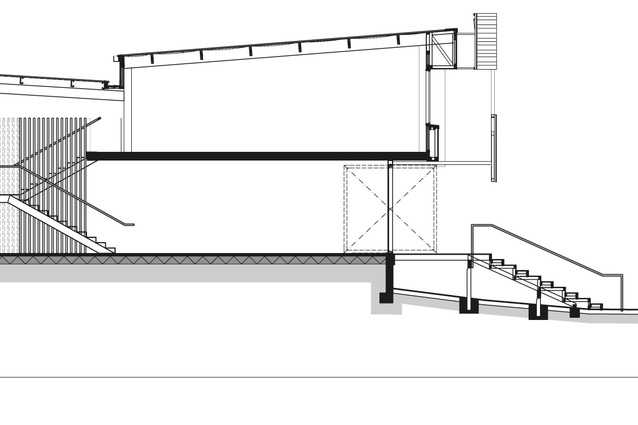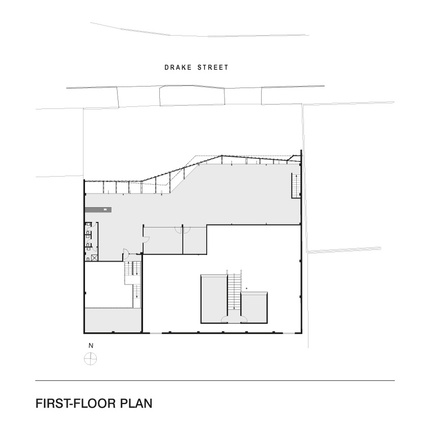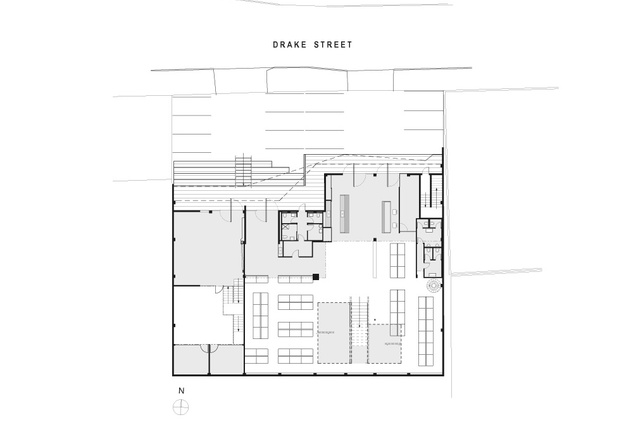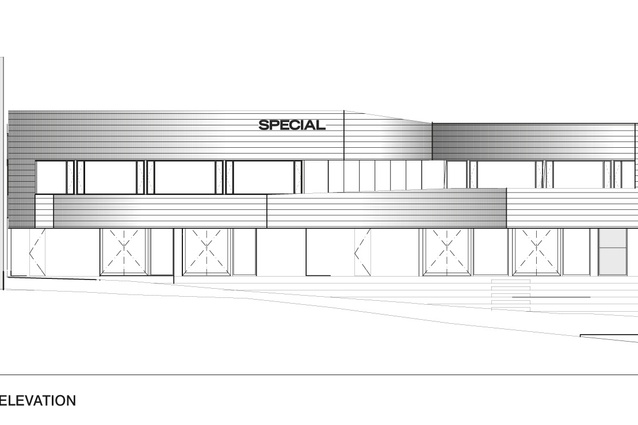Special building
The era in which we live will of course be remembered as the beginning of the computer age but really it’s another phase in the epoch of coffee, something even more fundamental to the progress of modern civilisation. The coffee houses of the 18th century first powered financial, technological and political revolution, overturning the old order of the tea drinkers. But in the vast yin-yang cycle of things, what followed in the 19th century was a reassertion of the tea culture. Steady as she goes, tea was the drink of colonialists, bureaucrats and captains of industry (by day anyway). Tea promotes stability; it is quiet, domestic and intimate. Even today, politically for example, it signals slow-downs or quiet accommodations. Coffee, though, is associated with innovation. Coffee’s for getting business done; it lubricates urban living. It’s life’s little turbocharger that helps us cope with the buzzy, 24/7, constantly accelerating, multidimensional world in which we now live. So cafés are
the new architectural centres of cultural intercourse: the places we meet, and
where consumers connect, workers are refueled, deals are done, info is exchanged. Consequently, it’s no surprise that the default setting for the design of many of our modern workplaces has become the café, especially when they are associated with IT.
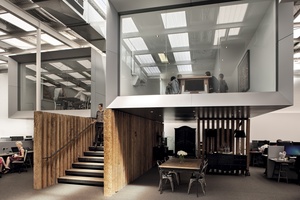
The Special building is a renovation by McKinney + Windeatt Architects of a former rabbit warren in a newly trendy part of Auckland around Victoria Park. The new tenants, upstairs and down, are businesses that have something to do with software or media or branding or something. The building has been through a series of incarnations from a 1960s blockwork box to a 1980s’ fit-out at the front. And now its makeover for our new century provides a new mask: a vast trussed screen cantilevered out in front of the upper storey, creating a long verandah over a new deck. The screen is made out of steel and dark-stained cedar but there is nothing rustic about this façade; it has the restless, looping quality of a Moebius strip or Scalextric racetrack. And it’s kind of coffee coloured. Garnished with vespas and bikes, this verandah gives the whole place the ambience of a fairly relaxed café rather than of a formal office. The whole building remains set well back from the street with a big car-park forecourt; it’s a budget do-up but perhaps, in the future, a new building or another incarnation may fill this gap in the urban fabric.
Inside, of course, it’s the two office fit-outs that are all the fun. The downstairs tenancy with its bar and blackboards, tables, chairs and couches is classic café and not a few interlopers have come in looking for a caffeine fix. Towards the back, two giant pods have landed. But despite their resemblance to all-seeing-eyes, these aren’t the homes of management or overseers. They are meeting rooms or spaces in which to hide from the open plan: escape pods and chill space. Today’s employer isn’t the mezzanine-dwelling overseer anymore; they are usually found floating around the floor stimulating the troops through displays of barista skills, chalked up homilies and refilling of the jelly bean jar. There is some lovely use of found timber in the stairs up to the pods: some totara from up north that carked it with a fungal infection but now has a beautiful texture. Likewise, a secondary spiral stair to a storage area is more an artwork or adornment than your usual office storage solution, resembling, as it does, a floating strand of DNA. The roof has been revved up through the insertion of strips of translucent sheet and the space transformed from dingy warehouse to a sunlit glade. It’s a little too bright, however, for a workplace where people primarily gaze into monitors and some fine-tuning with various translucent sheets and screens will modify the ambience here.
The upstairs tenancy is less café, more open-plan office so consequently more spartan: polished concrete and glassy cone-of-silence meeting rooms. But the stairs there are another example of budget constraints producing serendipitous outcomes, with galvanised scaffolding pipe cut down and welded onsite to form a thicket of balusters. Similarly, the big steel pivoting doors to the building were also cut and welded from old warehouse roller-door frames.
The digital age has revolutionised the way we live and the way we do business, as well as creating new businesses of course. Alvin Toffler predicted we would be working at home in electronic villages, connected digitally to the rest of the world – but that urban centres would consequently wither and we would see our cities full of dead warehouses and empty offices. Perhaps he didn’t take into account our mammalian need to gather at the waterhole still, so today we see quite the opposite of urban decay; a former warehouse is just the place to set up shop or convert to a workplace. This is not to mention the whole industrial aesthetic chic, which also suits a start-up’s budget. And perhaps this also indicates a new way that the creative and innovative classes (that we are told are essential to the new economy’s success) think about work: more like play or at least less distinguishable from life than it used to be. Certainly it indicates the value of the phenomenological nature of architectural space in making us feel good and hip and cool and creative. Plus, it works way better in the social media these days than cubicle farm or corporate image does. There’s no business without buzz these days and both good design and coffee are essential in generating that.

